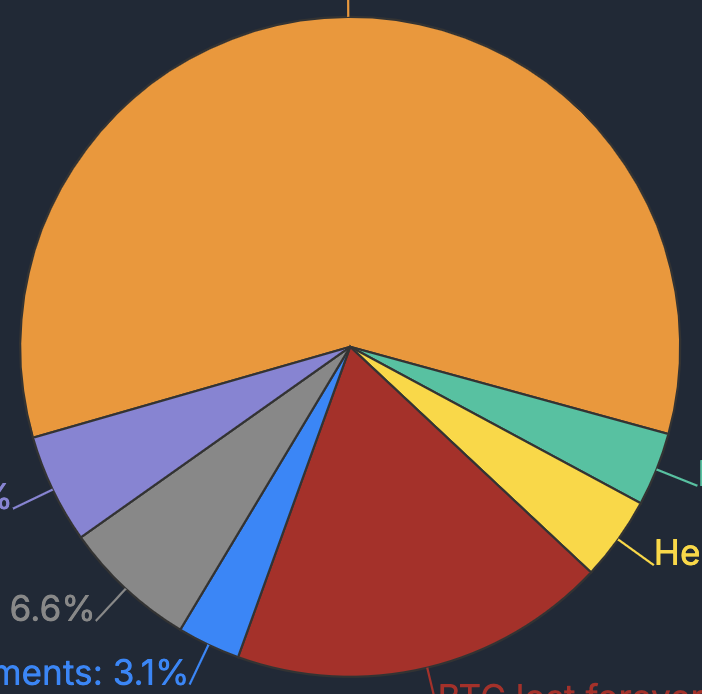The Battle Over America's Bitcoin Strategy: Ripple's Lobbying and the Digital Asset Reserve

In a revealing discussion about recent developments in U.S. cryptocurrency policy, concerns have emerged about the influence of traditional crypto companies on government decision-making, particularly regarding the proposed strategic reserve initiative.
The Missing Word
When Donald Trump's recent executive order on digital assets was released, Bitcoin advocates noticed something conspicuous - the word "Bitcoin" was entirely absent from the document. Instead, the order referred more broadly to "digital assets," raising questions about the forces shaping U.S. crypto policy.
Behind the Scenes
According to various sources, including communications from Washington DC insiders, Ripple has been actively lobbying to prevent a Bitcoin-only strategic reserve. This comes despite the company's previous support for the Biden administration and Kamala Harris's campaign, to which they made significant donations. The apparent pivot in allegiance following Trump's election victory has raised eyebrows within the Bitcoin community.
The CBDC Question
One of the more positive aspects of the executive order was its strong stance against Central Bank Digital Currencies (CBDCs). The order explicitly prohibits "the establishment, issuing, circulation and use of a CBDC within the jurisdiction of the United States." This represents a significant departure from other major economies' approaches, particularly the European Union.
A Tale of Two Approaches
The contrast between U.S. and European approaches to digital currencies has become increasingly stark. While the U.S. appears to be moving toward embracing private sector digital assets (albeit not exclusively Bitcoin), the European Central Bank is doubling down on CBDC development. ECB board member Pierre Simpauli suggested that a digital euro is necessary precisely because of Trump's pro-crypto stance, arguing that banks need to counter the disintermediation threat posed by private digital assets.
The Path Forward
The executive order provides a 180-day window for evaluating the potential of a strategic digital asset reserve. This period represents a critical opportunity for Bitcoin advocates to make their case for a Bitcoin-only approach. The argument centers on Bitcoin's unique characteristics: its truly decentralized nature, fixed supply, and resistance to centralized control - features that other digital assets cannot genuinely claim.
Industry Implications
The situation highlights a broader tension within the cryptocurrency space. While companies like Ripple position themselves as pro-innovation and pro-crypto, their actions often align more closely with traditional financial institutions and central bank interests. This is particularly evident in Ripple's involvement with CBDC development projects in various countries.
Looking Ahead
Despite the current ambiguity around the strategic reserve's composition, Bitcoin advocates remain optimistic. They point to other positive developments in the executive order, including protections for mining activities and self-custody rights. The challenge now lies in effectively advocating for Bitcoin's unique position during the 180-day evaluation period.
The outcome of this policy decision could have far-reaching implications for both the United States' role in the future of digital assets and the broader trajectory of cryptocurrency adoption. As one commentator noted, "Bitcoin is the only true money. There's only 21 million, and if you want more Bitcoin, you have to buy it, mine it, earn it. That's it. There's no other way."
This blog post should serve as a reminder that while the cryptocurrency space continues to evolve, the fundamental battle between centralized and decentralized approaches to digital money remains as relevant as ever. The next six months may prove crucial in determining which path the United States ultimately chooses to follow.




































